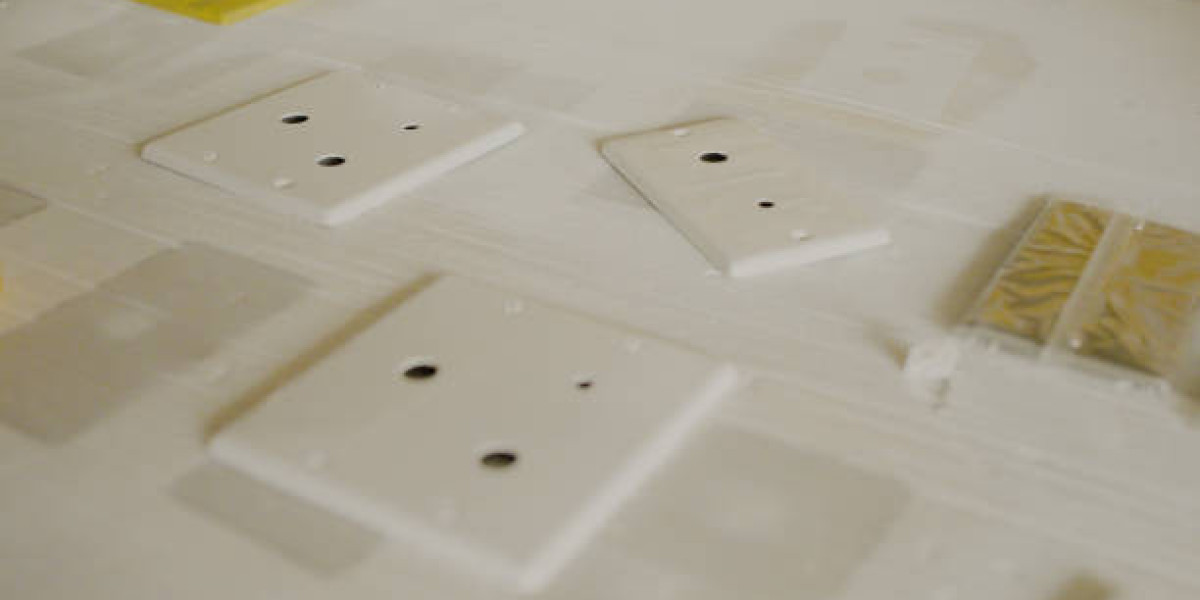LED modules are increasingly becoming popular in the advertising industry due to their versatility and energy efficiency. These modules are used to create eye-catching and dynamic night effects that can attract the attention of potential customers. However, the process of designing and installing LED modules for night effects in advertising is not as simple as it may seem. It involves a series of steps that require careful planning and execution. In this article, we will take a closer look at the behind-the-scenes process of creating these captivating displays.
Designing LED Modules for Night Effects
The first step in the process is designing the LED modules for the specific advertising project. This involves determining the size, shape, and layout of the modules to create the desired effect. Designers use specialized software to create a visual representation of how the LED modules will look once installed. They also consider factors such as the viewing distance, angle, and ambient lighting conditions to ensure the effectiveness of the display.
Choosing the Right LED Modules
Once the design is finalized, the next step is selecting the right LED module suppliers for the project. There are various types of LED modules available in the market, each with its own specifications and features. Designers need to consider factors such as brightness, color temperature, and power consumption when choosing the modules. They also need to ensure that the modules are durable and weatherproof to withstand outdoor conditions.
Creating a Mockup
Before installing the LED modules, it is important to create a mockup of the display to visualize how it will look in the actual environment. This allows designers to make any necessary adjustments to the design before the final installation. The mockup also helps clients to get a better understanding of how the display will appear and provides an opportunity for feedback.
Installation Process
Once the design and mockup are approved, the next step is the installation of the LED modules. This process requires skilled technicians who have experience in handling and installing LED displays. The modules need to be positioned accurately and securely to ensure proper functioning. Wiring and electrical connections also need to be done carefully to avoid any issues.
Testing and Quality Control
After the installation is complete, thorough testing and quality control checks are conducted to ensure that the LED modules are functioning correctly. Technicians test the brightness, color accuracy, and overall performance of the display. Any issues are identified and rectified during this stage to deliver a flawless end result.
Maintenance and Support
Once the LED modules manufacturer are installed, regular maintenance is essential to ensure their long-term performance. This includes cleaning the modules, checking for any loose connections, and replacing any faulty components. Additionally, clients are provided with support services to address any issues that may arise and to make any necessary updates or modifications to the display.
Conclusion
Designing and installing LED modules for night effects in advertising is a meticulous process that requires expertise and attention to detail. From designing the modules to the final installation and maintenance, each step plays a crucial role in creating captivating displays that leave a lasting impression on viewers. By understanding the behind-the-scenes process of designing and installing LED modules, one can truly appreciate the complexity and artistry involved in creating these visually stunning advertising displays.


